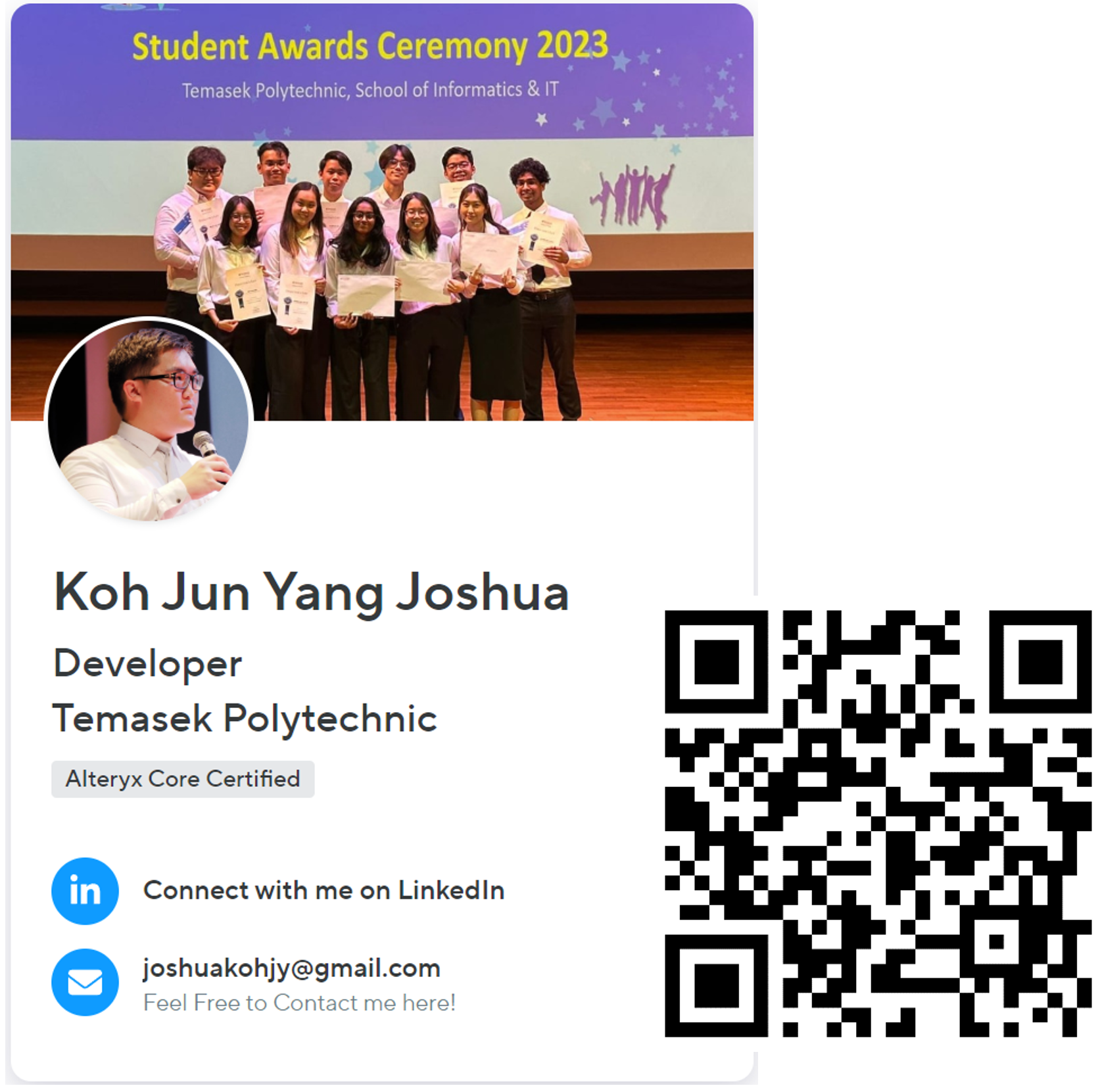Students
KOH JUN YANG, JOSHUA

Supervisor
Nami Imanishi (Ms)
Industry Partner
National Institute of Technology, Kitakyushu College
The first 72 hours after a disaster, known as the "Golden 72 Hours," are crucial for rescuing survivors. Traditional search and rescue methods can be slow and hampered by hazardous conditions. Our project, ARCC-Vision, aims to revolutionize disaster response with autonomous technology.
ARCC-Vision combines a mobile rover and a quadcopter. The rover navigates the disaster site using GPS, while the quadcopter uses computer vision to quickly identify and locate survivors. This system is faster, safer, and potentially more cost-effective than traditional methods, particularly in challenging environments inaccessible to human rescuers. ARCC-Vision addresses the urgent need for efficient survivor detection within the critical post-disaster window. It has the potential to bridge the technological gap between nations during emergency response, saving lives and optimizing relief efforts.
KOH JUN YANG, JOSHUA

Nami Imanishi (Ms)
National Institute of Technology, Kitakyushu College